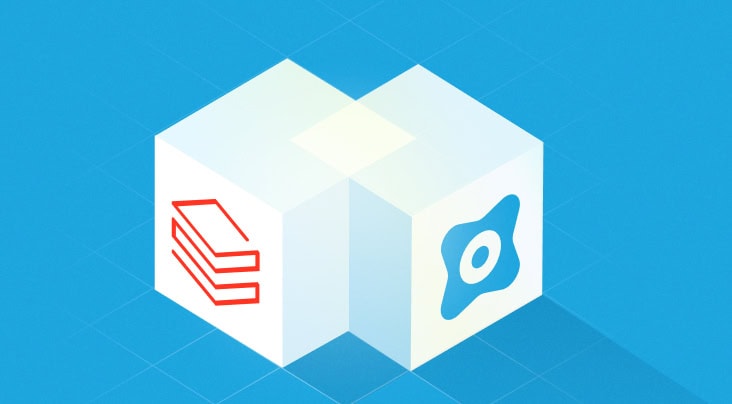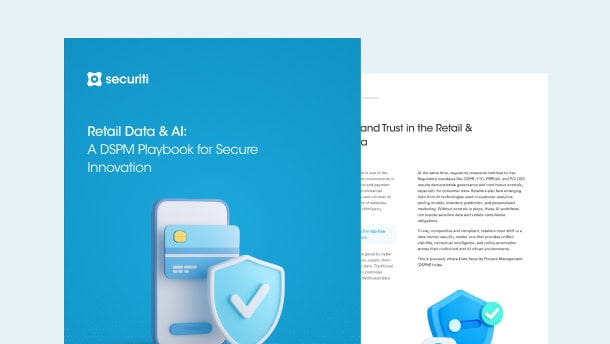Application security posture management (ASPM) is a cybersecurity discipline that helps organizations assess, manage, and continuously enhance the security posture of their applications across the software development lifecycle.
ASPM is gaining traction in the cybersecurity sphere as organizations increasingly utilize open-source components, APIs, and cloud-native technologies for modern software development. In fact, studies reveal that 40% of organizations developing applications in-house will adopt ASPM by 2026, hinting at an upward trajectory of this category.
In this blog, we will learn more about ASPM, its core components, and the important reasons why it has become a cornerstone in the AppSec category.
What is ASPM?
Application security posture management provides comprehensive visibility into the application environment, manages critical risks, and enforces security controls. In the words of Gartner, ASPM solutions “continuously manage application risk through collection, analysis, and prioritization of security issues from across the software life cycle.”
ASPM integrates with a plethora of security testing tools and development environments to shed light on security findings. For instance, it can integrate with tools like interactive application security testing (IAST), dynamic application security testing (DAST), or static application security testing (SAST). The security signals received from these tools are then brought under a single dashboard for unified visibility across different environments and development stages.
The tool provides contextual insights into critical risks, business context, risk impact, and exposure radius. Consequently, organizations are able to effectively prioritize remediation based on the criticality of risks and not just the vulnerability count.
Another vital aspect of ASPM is its ability to integrate with a wide number of workflow tools for automation. Seamless integration with orchestration tools enables organizations to streamline the remediation process effectively.
What are the Benefits of ASPM?
Application security is becoming challenging for enterprise security teams. In fact, 75% of organizations cite using strong AppSec tools, ranging from API gateways to web application firewalls, yet over 50% still face recurring security breaches, with 35% claiming to have suffered one incident in the previous year.
The issue here isn’t about the lack of security tools. As mentioned earlier, enterprises already use a plethora of tools for application security, such as IAST, DAST, and SAST. The real problem arises when these tools generate risk alerts; security teams get flooded with multiple alerts from different sources. This makes it fairly challenging for teams to correlate them or understand which risk matters the most. Consequently, many critical vulnerabilities go unattended, rendering the applications exposed to security incidents.
This is primarily why a strategic approach is needed that can help filter the noise and prioritize risk alerts that matter the most, bringing the much-needed risk clarity that AppSec teams truly require. This is where ASPM comes in.
The following are some of the other benefits that enterprises can reap from a robust application security posture management program.
Increased Retention of Brand Reputation & Trust
Cybersecurity incidents are a common occurrence. However, when a security breach takes place, and that too in a publicly well-known organization, the thing it hurts the most is the organization’s reputation and customer trust.
ASPM addresses these pressing issues effectively by enabling organizations to proactively mitigate risks and prevent security breaches. By enhancing their cybersecurity, organizations cannot only demonstrate their ability to safeguard customers’ data but also protect their trust.
Optimized Operational Cost & Efficiency
ASPM gives organizations the ability to automate critical processes, optimizing cost and efficiency. By automating processes like risk management, security posture assessments, compliance, and reporting, organizations can reduce operational expenses significantly. Moreover, by accurately identifying risks, reducing alert fatigue, and mitigating vulnerabilities earlier in the development cycle, teams can greatly increase their efficiency and overall resilience.
What are the Key Features of ASPM?
ASPM offers a wide range of capabilities empowering organizations to protect their applications across their lifecycle and make them resilient to cybersecurity threats. These capabilities give end-to-end insights across the application stack, identify and address risks, and streamline the overall security posture. The following are some of the primary capabilities that can help security teams enhance resilience.
Comprehensive Oversight
One of the key capabilities of ASPM is to give organizations comprehensive visibility of all their applications and architecture dependencies across the tech stack. For instance, it discovers and catalogs all the codes, entitlements, security configurations, and vulnerabilities. This better equips organizations to identify blind spots proactively and remediate efficiently.
Centralized Security Findings
Organizations leverage different application security tools for risk identification. When these tools are used in siloes, it becomes difficult to correlate the risks and understand context. ASPM unifies all the security findings across the application security stack, giving organizations a clear picture of their risk posture.
Adaptive Threat Response
ASPM enables organizations to prevent risks as they emerge via automated real-time risk monitoring. The tool helps security teams consolidate security threats and evaluate their potential impact. This ultimately helps them mitigate the risks proactively based on the business impact and risk severity.
Compliance Monitoring
Another great aspect of ASPM is compliance monitoring and reporting. The tool allows teams to monitor blind spots associated with compliance. Teams get real-time insights into compliance gaps, which enable proactive remediation of compliance issues. Furthermore, teams can also automate compliance reporting for audit purposes.
CI/CD Pipeline Integration
ASPM takes a proactive approach to application security, and thus it promotes a shift-left security strategy. This approach enables organizations to remediate security and compliance gaps earlier in the development process, thereby reducing cost and improving time-to-market. ASPM does so by offering seamless integration with continuous integration/continuous deployment (CI/CD) pipelines.
What’s the Difference Between ASPM vs. DSPM?
It is important to understand that ASPM doesn’t replace other AppSec or data security tools. In fact, it complements them, giving organizations a powerful way to get richer insights and implement better security, privacy, and compliance controls. Let’s take a look at the difference between ASPM and DSPM, and how they both complement each other.
We’ve discussed application security posture management (ASPM) already, which is an approach that unifies risk signals across different components, remediates issues, and safeguards applications from development to deployment.
Data security posture management (DSPM), on the other hand, provides comprehensive insights into sensitive data, such as where the data is located across the environment, who has access to it, and how it is accessed. It leverages a multitude of components to provide visibility into data and AI, assess risk, visualize toxic combinations of risk, remediate access and misconfiguration issues, and automate compliance reporting.
When integrated, ASPM and DSPM can deliver a unified security posture, allowing organizations to protect not only the application itself but also the data flowing through it.
Conclusion
Breaches are a common occurrence in today’s world, but they are preventable. These security incidents tend to occur not only because of a simple vulnerability in the application code itself, but at any point in the development or deployment process. So, if your current AppSec stack fails to give you total visibility and control over your application security, it is time to upgrade your stack by integrating application security posture management.










































